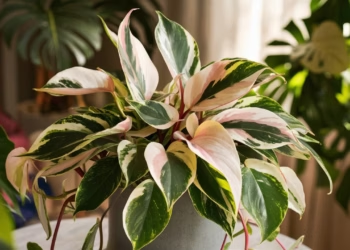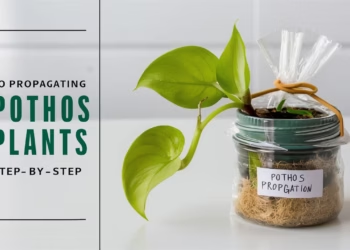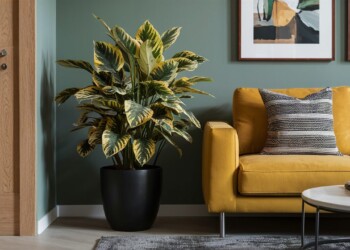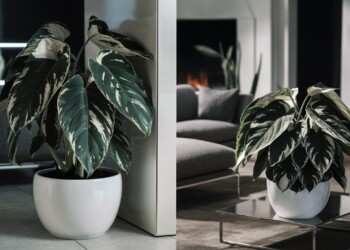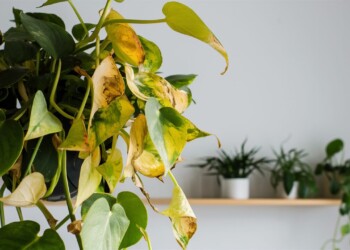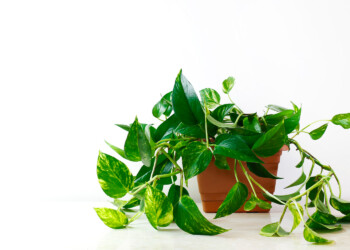Welcome to the ultimate guide on bird of paradise plant care. Whether you’re a seasoned plant enthusiast or a beginner looking to add a touch of tropical elegance to your indoor space, this article has you covered. From providing the ideal environment to troubleshooting common issues, we’ll delve into every aspect of caring for these stunning plants.
Table Of Contents
Understanding Bird of Paradise Plants
What are Bird of Paradise Plants?
Bird of paradise plants, scientifically known as Strelitzia, are iconic tropical plants native to South Africa. They are prized for their vibrant, bird-like flowers and large, glossy leaves, making them a popular choice for indoor decor worldwide.
Types of Bird of Paradise Plants
There are several species of bird of paradise plants, including Strelitzia reginae, the most common variety known for its orange and blue flowers resembling a bird in flight, and Strelitzia nicolai, also called the white bird of paradise, which features larger white flowers.
Benefits of Growing Bird of Paradise Plants Indoors
Growing bird of paradise plants indoors not only adds a touch of exotic beauty to your space but also improves indoor air quality by removing toxins like formaldehyde and benzene.
Setting Up the Ideal Environment
Light Requirements
Bird of paradise plants thrive in bright, indirect light. Place them near a south or west-facing window where they can receive ample sunlight without being exposed to direct rays, which can scorch their leaves.
Temperature and Humidity
Maintain a consistent indoor temperature between 65°F to 70°F (18°C to 21°C) during the day and slightly cooler at night. These plants also appreciate moderate to high humidity levels, so consider using a humidifier or placing them on a pebble tray filled with water to increase moisture in the air.
Soil Conditions
Use a well-draining potting mix rich in organic matter, such as a blend of peat moss, perlite, and compost. Avoid compacted or waterlogged soil, which can lead to root rot.

Watering and Feeding
Watering Frequency
Water your bird of paradise plant thoroughly when the top inch of soil feels dry to the touch, typically every 1-2 weeks during the growing season (spring and summer). Reduce watering frequency in the winter months to prevent waterlogged soil.
Fertilizing Schedule
Feed your bird of paradise plant with a balanced liquid fertilizer diluted to half strength every 4-6 weeks during the growing season to promote healthy growth and vibrant blooms.
Pruning and Maintenance
Pruning Dead or Damaged Leaves
Regularly inspect your plant for dead or damaged leaves and trim them off with clean, sharp scissors to maintain its appearance and prevent the spread of disease.
Repotting
Repot your bird of paradise plant every 2-3 years in a slightly larger container to provide ample room for root growth. Choose a pot with drainage holes to prevent waterlogging.
Common Issues and Troubleshooting
Yellowing Leaves
Yellowing leaves can indicate overwatering, underwatering, or insufficient light. Adjust your watering schedule and placement to address the issue.
Pest Infestations
Keep an eye out for common pests such as spider mites and aphids, especially during the warmer months. Treat infestations promptly with insecticidal soap or neem oil.
Leaf Browning
Leaf browning can result from exposure to cold drafts, low humidity, or sunburn. Move your plant to a more suitable location and adjust environmental conditions accordingly.

In conclusion, caring for a bird of paradise plant indoors can be a rewarding experience, provided you meet its specific needs for light, water, and humidity. By following the tips outlined in this guide and troubleshooting common issues promptly, you can ensure your plant thrives and continues to grace your space with its stunning foliage and blooms.
FAQs
Where is the best place to plant a Bird of Paradise?
The best place to plant a Bird of Paradise is near a south or west-facing window where it can receive bright, indirect sunlight. These plants thrive in well-lit areas without direct exposure to harsh rays.
Why are the leaves on my Bird of Paradise curling?
Curling leaves on a Bird of Paradise can indicate several issues, including underwatering, overwatering, low humidity, or pest infestations. It’s essential to assess the plant’s watering schedule, humidity levels, and overall health to address the problem effectively.
Should I cut off brown leaves on Bird of Paradise?
Yes, it’s advisable to trim off brown or dead leaves on a Bird of Paradise plant using clean, sharp scissors. Removing these leaves not only improves the plant’s appearance but also prevents the spread of disease and promotes new growth.
What soil is best for birds of paradise?
The best soil for Bird of Paradise plants is a well-draining potting mix rich in organic matter. A blend of peat moss, perlite, and compost provides the ideal growing medium, ensuring proper drainage and nutrient uptake for healthy plant growth.

